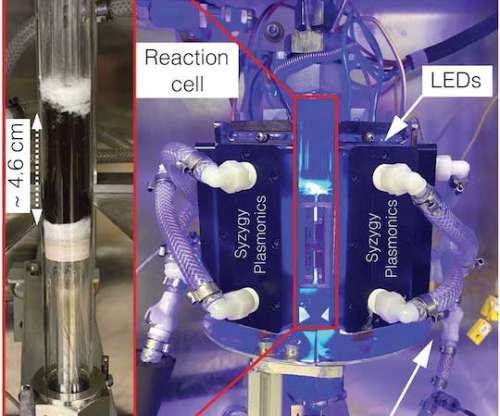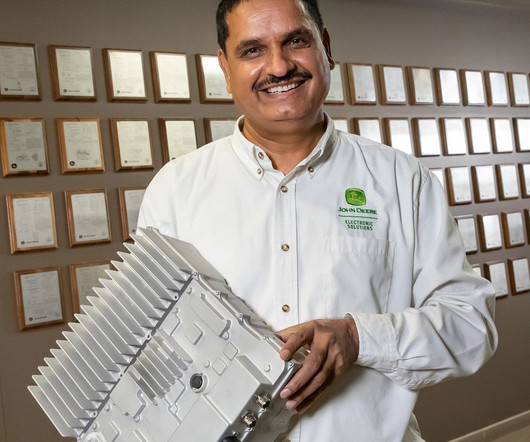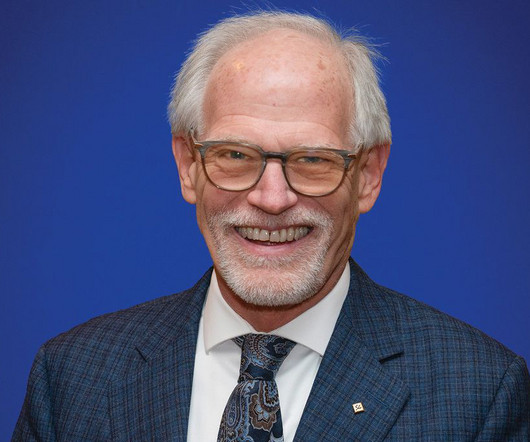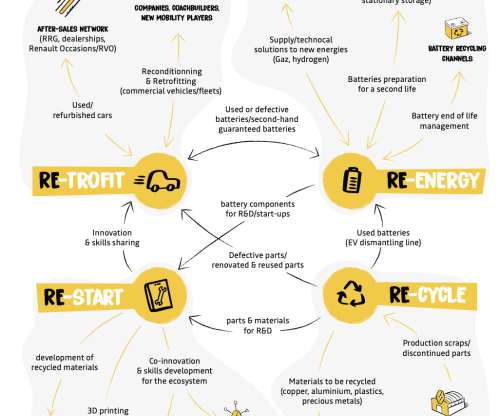Rice team demonstrates more efficient photocatalyst for converting ammonia to hydrogen
Green Car Congress
OCTOBER 7, 2018
Rice University nanoscientists have demonstrated a new catalyst that can convert ammonia into hydrogen fuel at ambient pressure using only light energy, mainly due to a plasmonic effect that makes the catalyst more efficient. Photo by LANP/Rice University). —Naomi Halas. Linan Zhou, Dayne F.













































Let's personalize your content